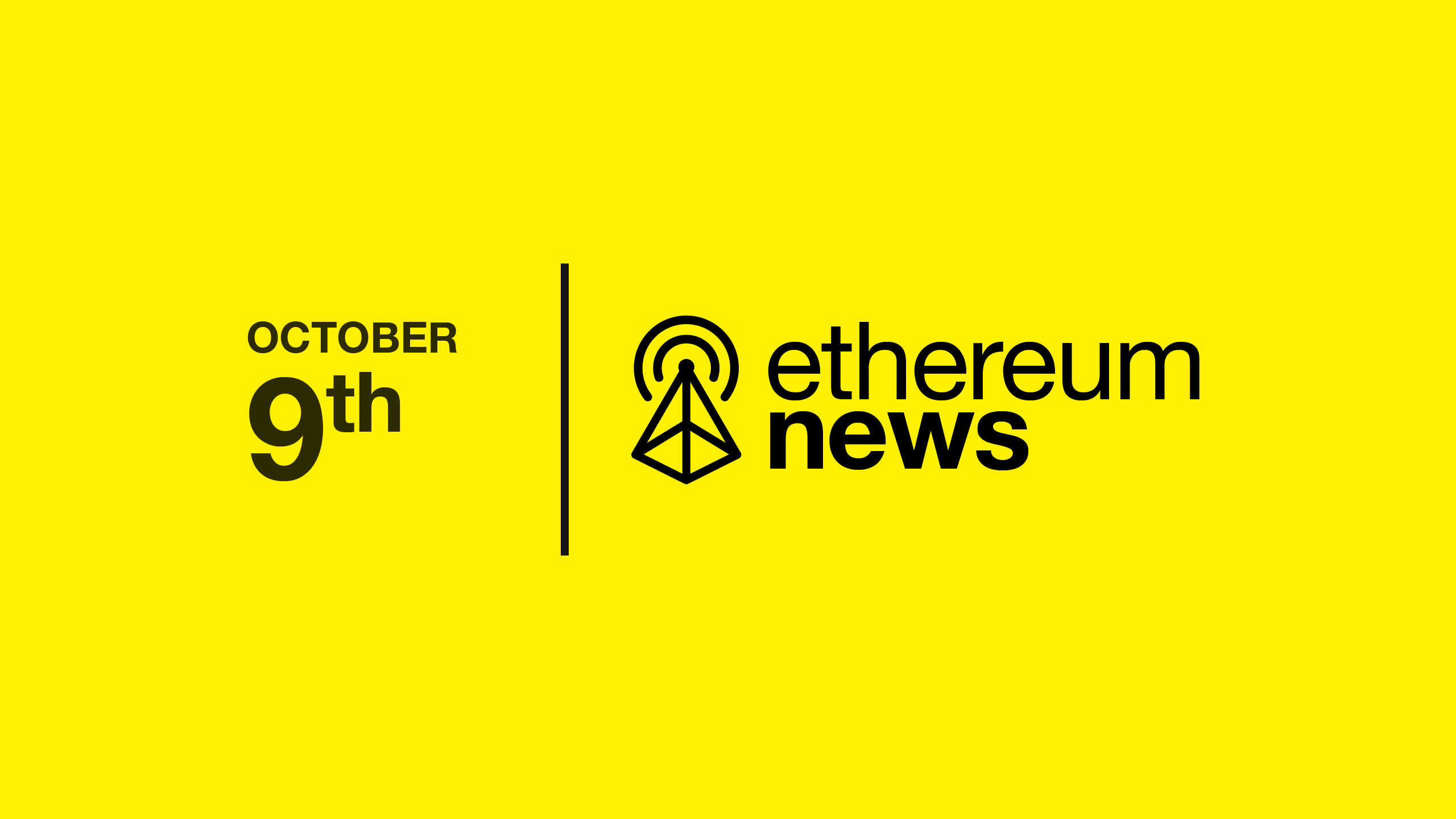Spark Protocol Deploys On Gnosis Chain
Users can now supply ETH, stETH, or GNO as collateral to borrow xDAI.

Quick Take
- Spark Protocol deploys on Gnosis Chain.
- Linea introduces the Verax attestation registry.
- Neuder discusses Lido attack vectors.
- Chainlink outlines Cross-Chain LSTs.
Listen on: Apple | Castbox | Spotify | YouTube | Lens
If you enjoy our daily briefing, please consider supporting us on Giveth!
Spark Protocol Deploys On Gnosis Chain
Spark Lend, a DAI-centric lending protocol by MakerDAO is now live on Gnosis Chain. The deployment signifies the protocol’s second supported chain, following Ethereum Mainnet. Users can now supply ETH, stETH, or GNO as collateral to borrow xDAI. The borrow interest rate within Spark Lend is based on the DSR, which is currently at 5%. The interest rate is fixed and unaffected by fluctuations in the utilization rate. A cap of 5 million xDAI has been set on the Gnosis Chain market. zkSync and Polygon have also introduced proposals to deploy Spark Lend onto their chains. Currently, Spark Lend holds more than $700 million in supplied assets on Ethereum.
Linea Introduces Verax Attestation Registry
Linea introduced Verax, an oncchain attestation registry of public data. The platform allows issuers to store onchain attestations, which can then be accessed by protocols and dapps to verify digital identity and reputation. Linea used the platform to differentiate between genuine users and bots during its Linea Voyage Entertainment Festival. Verax is being developed by teams from Consensys, Clique, Karma3 Labs, Aspecta, PADO Labs, and Reclaim Protocol. Verax aims to enhance interoperability across various standards and tokens and is designed to be modular, scalable, and adaptable. It aspires to simplify the use of attestations.
Outlining Lido Attack Vectors
Ethereum developer Mike Neuder published a post discussing the roles and potential attack vectors of different participants within the Lido protocol. Neuder explains that while stETH holders possess minimal power, their withdrawal of ETH could pose disruptions. Node Operators, which hold significant control with validator signing keys, might coordinate attacks or exploit MEV. LDO token holders, especially those with large holdings, exert substantial influence over the protocol and have the capacity to launch severe attacks. Neuder advocates that the community should push for L1 changes and initiate dialogue concerning ETH staking and validator economics.
Chainlink Cross-Chain LSTs
Chainlink's infrastructure can enable cross-chain Liquid Staking Tokens (LSTs), which are assets that are deposited into an LST protocol on one blockchain, and a representation token is issued on another chain. Cross-chain LSTs enhance capital efficiency across DeFi applications by expanding use cases. By employing Chainlink's pricing data, smart contract automation, and Cross-Chain Interoperability Protocol (CCIP), protocols can develop secure and efficient cross-chain LSTs.
Other News
- Arbitrum Odyssey paused until 16th Oct.
- Vitalik discusses staking pool changes
- Stargate supports Prisma’s mkUSD
- Caldera to integrate zkBridge
- Wallet Guard introduces Security Dashboard
- Defining Starknet ecosystem components
- QuickSwap roadmap revealed
Subscribe
🔗 Website | 🎙️ Podcast | 🎥 Video | 🌿 Lens | 🐦 Twitter | 🟪 Farcaster

